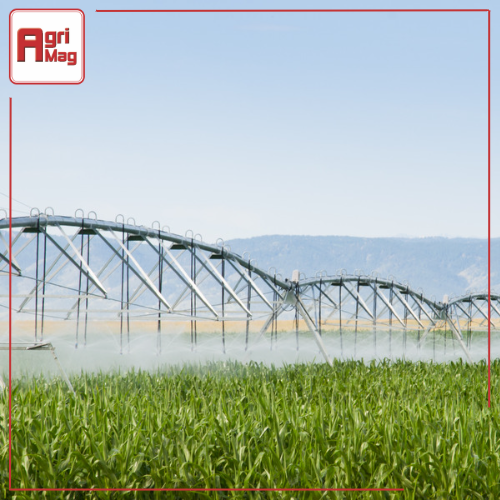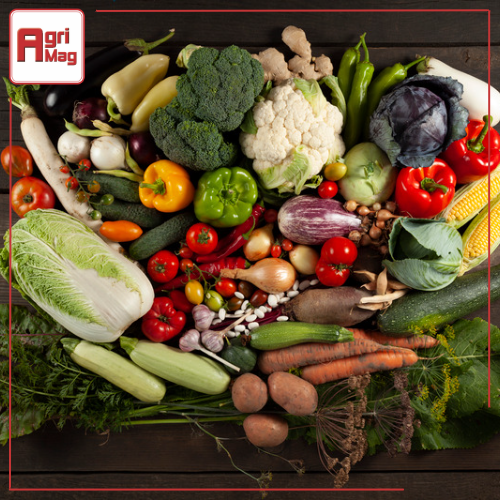
How to deal with anthracnose
Date: 23/03/2022
Keep your dry bean crop safe by learning how to prevent and treat anthracnose. This fungal disease spreads easily and also affects trees and vegetables. The proper measures need to be taken in order to safeguard your crops. Need to update your farm equipment? Find durable machinery and tools for sale on AgriMag today.
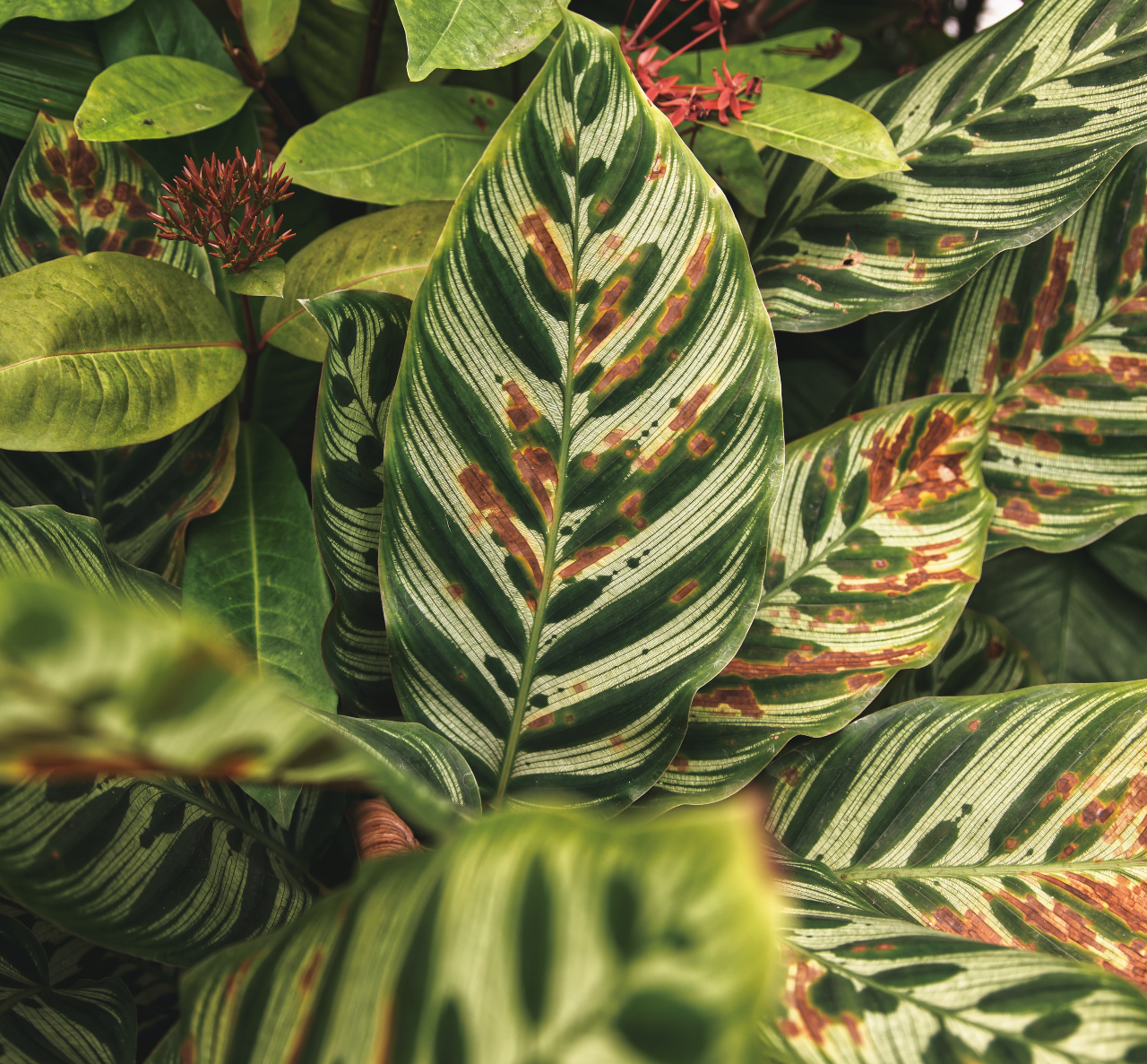
Photo by gryffyn m on Unsplash
What is anthracnose?
Anthracnose, also known as black spot disease, is a fungal disease that destroys dry bean crops. Besides dry bean crops, anthracnose also appears on other vegetables, fruits, and trees. Small, reddish-brown patches appear on crops that are infected with anthracnose and these patches become darker and bigger over time.
How does anthracnose spread?
Anthracnose thrives during wet weather and spreads easily. This fungal disease is seed-born and it can also survive in plant debris for up to two years. Rain splash and wind also facilitate the distribution of fungal spores. During heavy rainfall, these spores can be displaced up to 4.5 metres from their original location.
What are the effects of anthracnose?
Anthracnose is one of the biggest threats to dry bean crops and it can ruin up to 95% of the harvest. It also hinders the growth rate of crops and has a negative impact on the quality of the seeds. Locally, this fungal disease is commonly found in KwaZulu-Natal, areas of Limpopo, and Mpumalanga.
How to identify anthracnose
Knowing how to identify the early symptoms of anthracnose can help you to prevent the disease from spreading. Symptoms include the appearance of brown patches on the veins of leaves. As the infection progresses, these patches spread to the top of the leaves and to the stems. Dark patches are also visible on pods. Sunken patches appear on infected fruit, which causes the fruit to rot over time. When trees are infected, this fungal disease destroys young twigs and can result in defoliation. Be vigilant during January and February as this is the typical time when symptoms of infection appear. Signs of anthracnose can typically be noticed at temperatures of between 13°C to 26°C.
Preventing anthracnose
To prevent your crops from being infected by anthracnose, it’s vital to use seeds that are free from disease. If the crops have been infected by anthracnose on a specific piece of land, avoid planting beans in this area for two to three years. Rotate beans with other crops that aren’t susceptible to this disease, such as maize and sunflower. Implement high standards of sanitation on your farm and get rid of infected plant debris. Plant crops in well-drained soil and ensure that they get the right nutrients to promote good health. Prevent ripening fruits from coming into contact with the soil.
Now that you know how to identify and treat anthracnose, you can take the necessary steps to protect your crops from this fungal disease. Find farming equipment for sale on AgriMag and increase the efficiency of your farming operations today.
Categories:
Common category
Category Search:
Latest articles:

Tillage Equipment on AgriMag: Empowering Small Farms
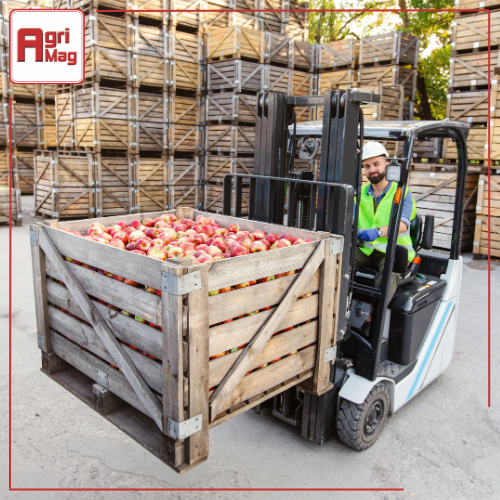
Exploring the Machinery Categories on AgriMag
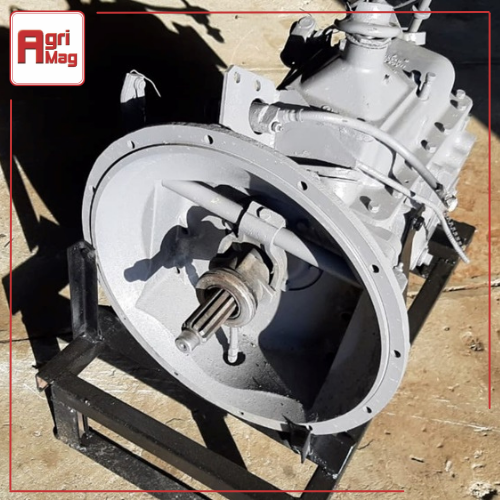
The Essential Role of Quality Spares and Parts for Farm Trucks


